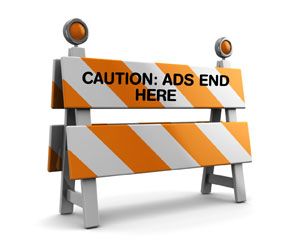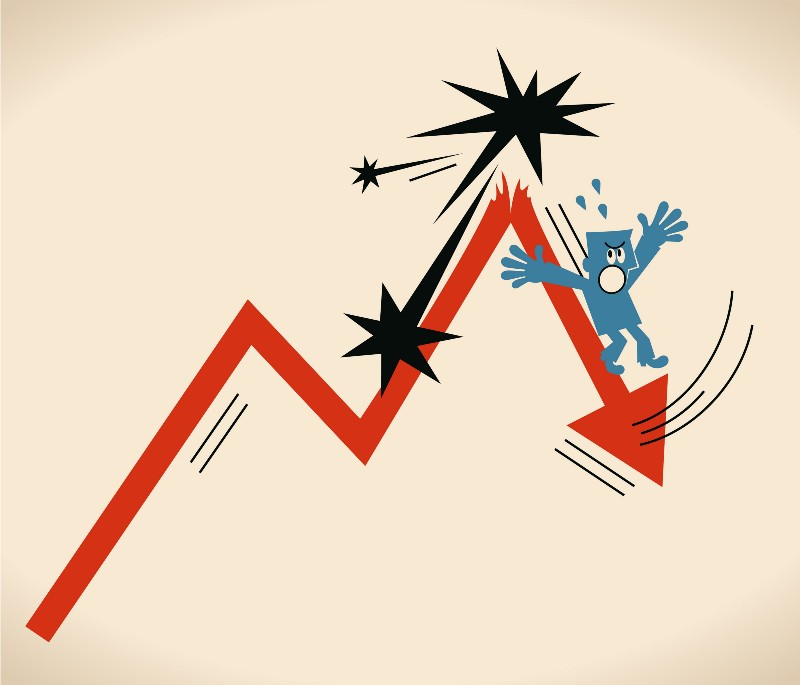
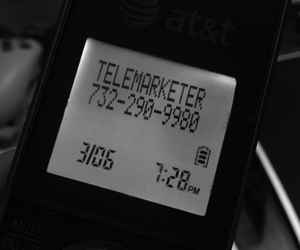
Why Telemarketers are the Worst Brand Storytellers
There’s a certain feeling I get, and I’m sure we all get, when I answer the telephone and am greeted by a telemarketer. There are a few feelings, actually. Sort of like the five stages of grief.
First, I feel a bit foolish, as if I’d been tricked into picking up the phone. This is especially true when it’s a number I don’t recognize yet I answer anyway on the off chance that it’s an emergency. From there I get impatient. I have no idea how long this person wants to keep me on the phone and I immediately start thinking about all the other things I have to do instead of listen to their sales pitch. Surprisingly, I then feel empathetic, since I too am a marketer (albeit one with a very different approach to sales) and wouldn’t want someone hanging up on me while I’m just doing my job. It isn’t long before I become angry, having been interrupted by an unwelcomed marketer of a product I surely don’t need. If they won’t let me get a word in edgewise, after trying to politely say “Thanks but no thanks” I will hang up.
That’s one end of the spectrum—the absolute worst way to be sold a product or service.
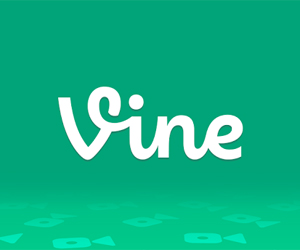
Why Instagram Isn’t a Vine Killer
Make no mistake about it. The launch of Instagram Video (wholly owned by Facebook) is a shot across, if not directly into, the bow of Vine’s ship (wholly owned by Twitter). Instagram’s already established community of 130MM members has given Instagram a major jumping off point for its video feature, which is built into the popular photo-sharing app.
But Vine isn’t dead, and Instagram will not be a Vine killer. In fact, I think Vine offers brands something unique enough that it can thrive alongside Instagram video.
More after the jump.

5 Social Media Tips to Ignore
Do a quick Google search or scour the front pages of your favorite social media blogs and you’ll find a seemingly endless array of articles providing you with tips and advice on social media (this blog included). But if you read enough of them, which I do, eventually you’ll see those tips and bits of advice contradict each other.
Don’t post on Facebook more than once a day, or your fans will un-Like you.
Post more than once a day on Facebook to keep your People Talking About This score high.
Photos are the most shareable content on Facebook.
Videos are the most shareable content on Facebook.
Post on weekends because other brands don’t and you’ll stand out.
Don’t post on weekends, because nobody is listening then.
It can become dizzying. It’s not that your favorite social media pundit is lying to you or flat-out wrong. Truthfully, not everyone can be right; but there are certainly areas of gray, and depending on your brand and audience, advice can differ.
But I have heard a few tips that are just flat-out wrong or at least shouldn’t be followed as if they were gospel. Here are five social media tips you may want to ignore, but you didn’t hear that from me.

5 Types of Social Media Content Your Audience Really Wants
Why do we follow brands? What’s the point? They’re not our friends. We’re not going to make plans with them on a Friday night or invite them to our birthday parties (though some we would if we could). Why do we let them into a world where we’re sharing and consuming content from the people closest to us?
Social media has provided a unique opportunity for consumers and brands to connect on a level much deeper than that of a monetary transaction. It may sound obvious, but it’s worth noting that historically, a true fan of a brand didn’t have many options for celebrating his fandom. I could watch my favorite show, but I couldn’t get behind-the-scenes content (unless that too was on television). I could purchase a shirt bearing the logo of my favorite team, but if I wore it in a special place (say I climbed Mount Kilimanjaro in it), how would they know? I'd have to mail them a picture, and even if they received it, where would they share it? The relationship was one-way, aside from the moment when I handed over my money and they handed me the product, or when I sat down and tuned in to my show.

Not Everyone is a Storyteller
Lately, everyone in advertising has become a “storyteller” specializing in "engaging content."
This isn’t true, of course. But I understand why everyone’s making the claim: Digital is the only part of advertising that’s growing rapidly; social media is the red-hot center of digital; to make social work, you need conversation-starting (and sustaining) content.
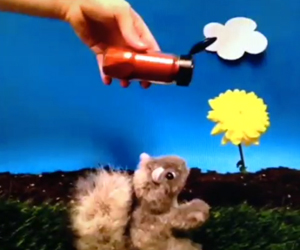
The Difference Between Fun and Useful Content in Social Sharing
To say I’m not much of a handyman would be an understatement.
I’m my father’s son—a Boston sports fan through and through, hardworking and always trying to please. But he and I know absolutely nothing about maintenance or repair work. So when I recently bought my first house with my wife, the renovations we opted to complete ourselves weren’t going to be easy, no matter how simple they were.
But in the connected world we live in, help was no further away than a YouTube search. Hanging towel racks, painting stripes and installing the Nest thermostat (a must-have, IMO), lighting fixtures and house numbers—if my father-in-law wasn’t around to help, the good ol’ Internet was.
In situations from home improvement to fitness and more, brands have a golden opportunity to provide useful information to an audience that is seeking answers, but it seems they are instead trying to engage audiences with the type of content most often seen going viral—fun, quirky and amazing (amazingly good and amazingly bad) content like Gangnam Style, Kony 2012, Red Bull’s Stratos project, Grumpy Cat and Old Spice’s “The Man Your Man Could Smell Like.” Problems can arise quickly when brands try to re-create content like this, and most such efforts will fall flat.
So what’s a brand that is ready and willing to create useful content to do? The recent #SixSecondFix campaign by Lowe’s may be the perfect answer.
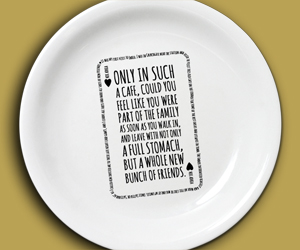
Baking Brand Storytelling Into Your Lunch
Any restaurant is rich in stories, from the founding of the establishment to the experiences of its patrons. Because of that, the restaurant business is an interesting venue for content marketing, social media and brand storytelling.
I like to think that the best part about going out to eat, particularly with friends, isn’t the food (though don’t get me wrong; I adore food). It’s the stories we share and the stories we create. It’s like the times spent with my wife reviewing our plate of nachos in hopes that someday we’ll cull all those reviews into a blog just about nachos (though that’s a whole other story). It’s the times spent with friends catching up and reminiscing about old times.
Restaurants have a unique opportunity to tap into brand storytelling, and there’s a restaurant in the U.K. doing just that.


